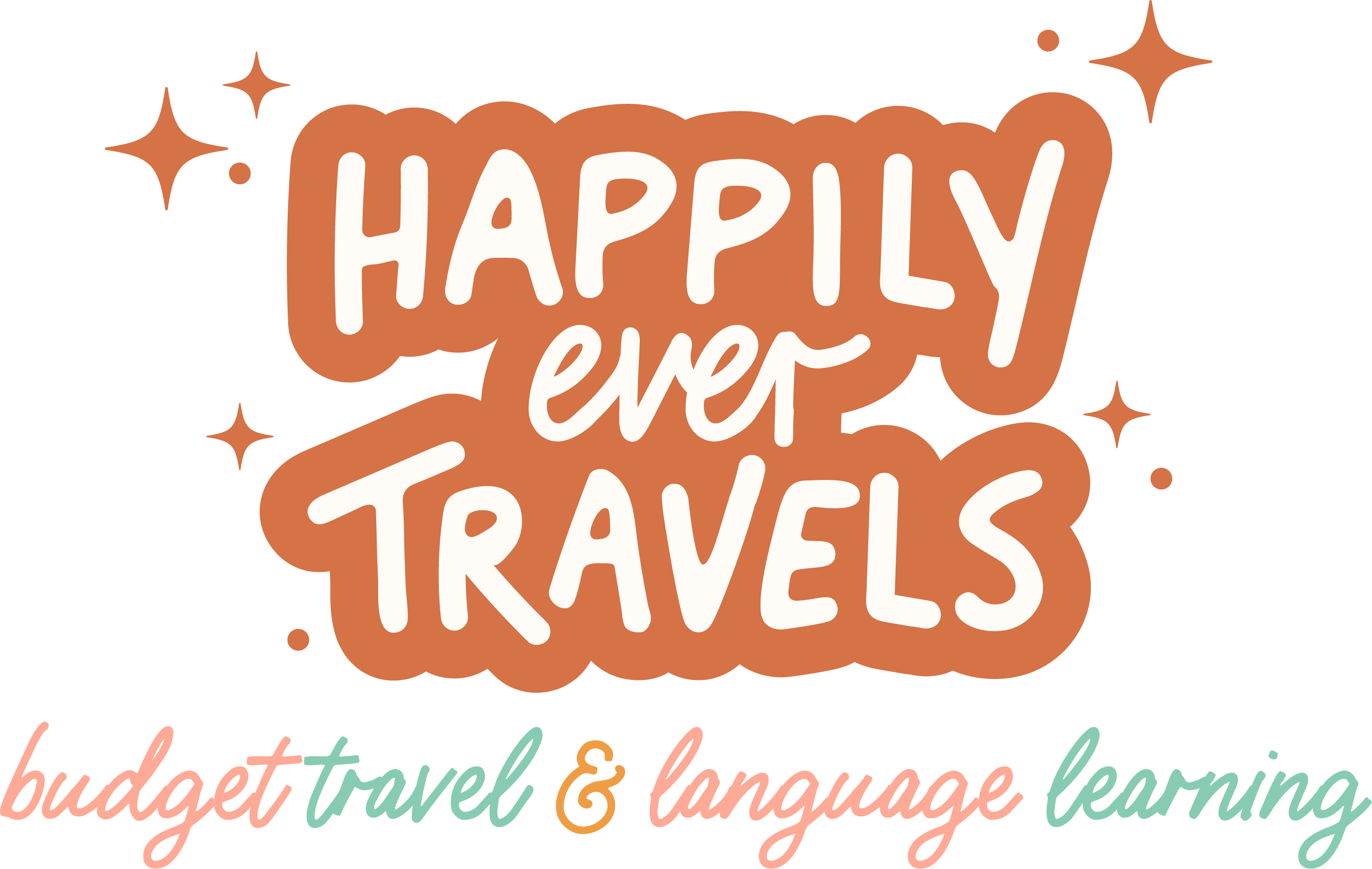Do you know these common phrases from countries around the world?
Maybe you’ve picked up some of these while on your travels, or maybe you need to start brushing up on your languages again!
Some of these questions might be harder than you think, test your knowledge below!
Answers to the Quiz:
Question #1:
The correct answer to Question #1 is ¿Dónde está la salida? This one is a common mistake since there are usually a lot of cognates between Spanish and English.
A cognate is a word that looks like and means the same thing in two languages. For example, “idea” in Spanish is the same as “idea” in English.
However, “èxito” is a FALSE cognate, meaning it LOOKS like it means exit, but actually means “success.”
- How do you say “Where is the exit?” in Spanish?
- ¿Dónde está el éxito?
- ¿Dónde está la salida?
- ¿Dónde está la éxita
Want to learn a language and NEVER forget it?! Check out this book on Amazon about how to stay fluent in a language over time without losing fluency!
Question #2
The answer to Question #2 is Grazie pronounced graht-zee-eh.
I put this one in there because you will not believe how many times I’ve heard actors in movies say “Graht-zee” when they’re supposed to be fluent in Italian!
Don’t forget that last “eh” sound and you’ll know more Italian than Hollywood (;
- How do you spell and pronounce “Thank you” in Italian?
- Gratzi (graht-zee)
- Grazi (graht-zee)
- Grazie (graht-zee-eh)
Question #3
The answer to Question #3 is Selamat Pagi! After living in Bali for 6 months (and possibly moving back in 2021) we have a soft spot for this language!
Actually, did you know it’s considered to be one of the easiest languages to learn?
- How do you say “Good Morning” in Bahasa Indonesian?
- Guten Morgen
- Magandang Umaga
- Selamat Pagi
Question #4
The answer to Question #4 is Bonne Journée! If you just want to say hello to someone, you would use “Bonjour.”
If there’s one thing I have learned from living in France for a year, it’s that you NEVER skip saying Bonjour! Make sure to say it before you address anyone or before entering a store to shop!
Bonne Journée is usually said when saying goodbye.
- How do you say “Have a nice day!” in French?
- Bonjour
- Bonne Journée
- Bon Jour
Question #5
The answer to Question #5 is Konnichiwa! Although I haven’t dabbled in any character-based languages yet (meaning languages that don’t use letters), Japanese is first on my list!
If I had put these answers all in characters, would you still have gotten it right? (:
- How do you say “Hello” in Japanese?
- Nĭ Hăo
- Konnichiwa
- Xin Chào
Language Learning Must-Haves
- iTalki Language Classes: The #1 reason why I’ve been able to learn languages from home. Take conversation classes from a native speaker for only $5-$10 an hour.
- How to Be Fluent Books: Two of my favorite books about language learning have definitely got me super excited about learning a language and I highly recommend reading both!
- Fluent Forever: How to Learn Any Language Fast and Never Forget It
- Fluent in 3 Months: How Anyone at Any Age Can Learn to Speak Any Language from Anywhere in the World
- A Language Planner: Keep track of your scheduled language classes, set language goals, and organize your study schedule with my favorite planner ever.
- Harry Potter in Your Target Language: Reading a beginner book that you’re familiar with is an incredible way to learn vocabulary quickly!
- The Perfect Language Notebook
Read More about How to Learn a Language:
- Try this Simple Language Study Plan that Actually Works
- 10 Duolingo Hacks that Most Users Don’t Know About
- How to Learn Italian Using Netflix
- 9 Christmas Gifts for Language Learning


Dayna Brockbank is a travel and language-learning blogger who has lived around the world but has now settled in Nice, France. She speaks 3 languages at varying levels of fluency: Spanish, Italian, and French, and graduated with a Bachelor’s in Spanish Education. She and her husband focus on making travel part of life by living cheaply and traveling on a budget.

Mike Worley
Friday 27th of November 2020
Good info. Thank you.
I do speak and write Japanese and it is a very interesting language - far simpler than English once you learn the symbols. That can be a challenge because Japanese actually uses three 'alphabets" - Hiragana consists of 46 characters making up everyday language. Katakana is a simplified way of writing the same 46 characters but only used for foreign words. Kanji is adapted from Chinese pictographs and each character represents an idea rather than a sound. It's said that you can read 95% of a Japanese newspaper if you know Hiragana, Katakana and the 2000 or so most common Kanji.
Yasmin
Friday 27th of November 2020
Love this!